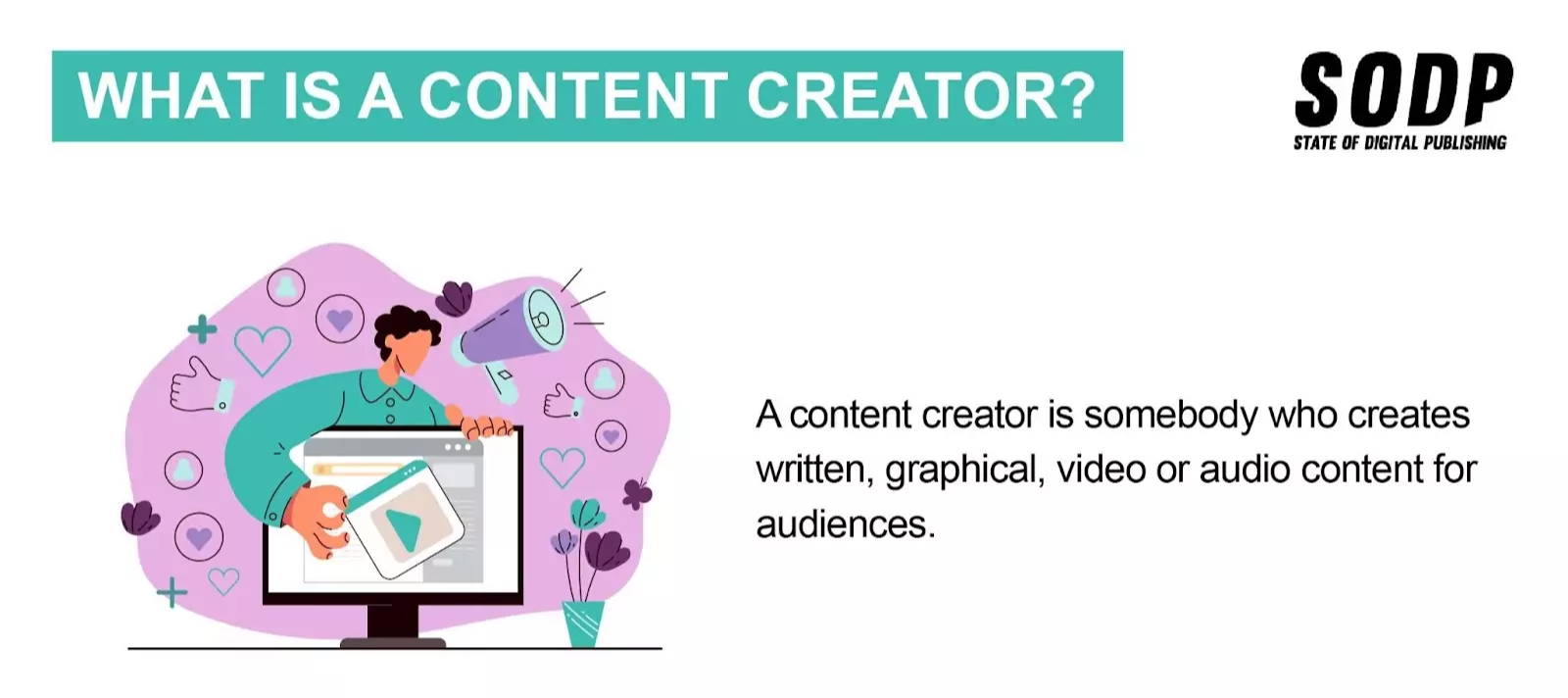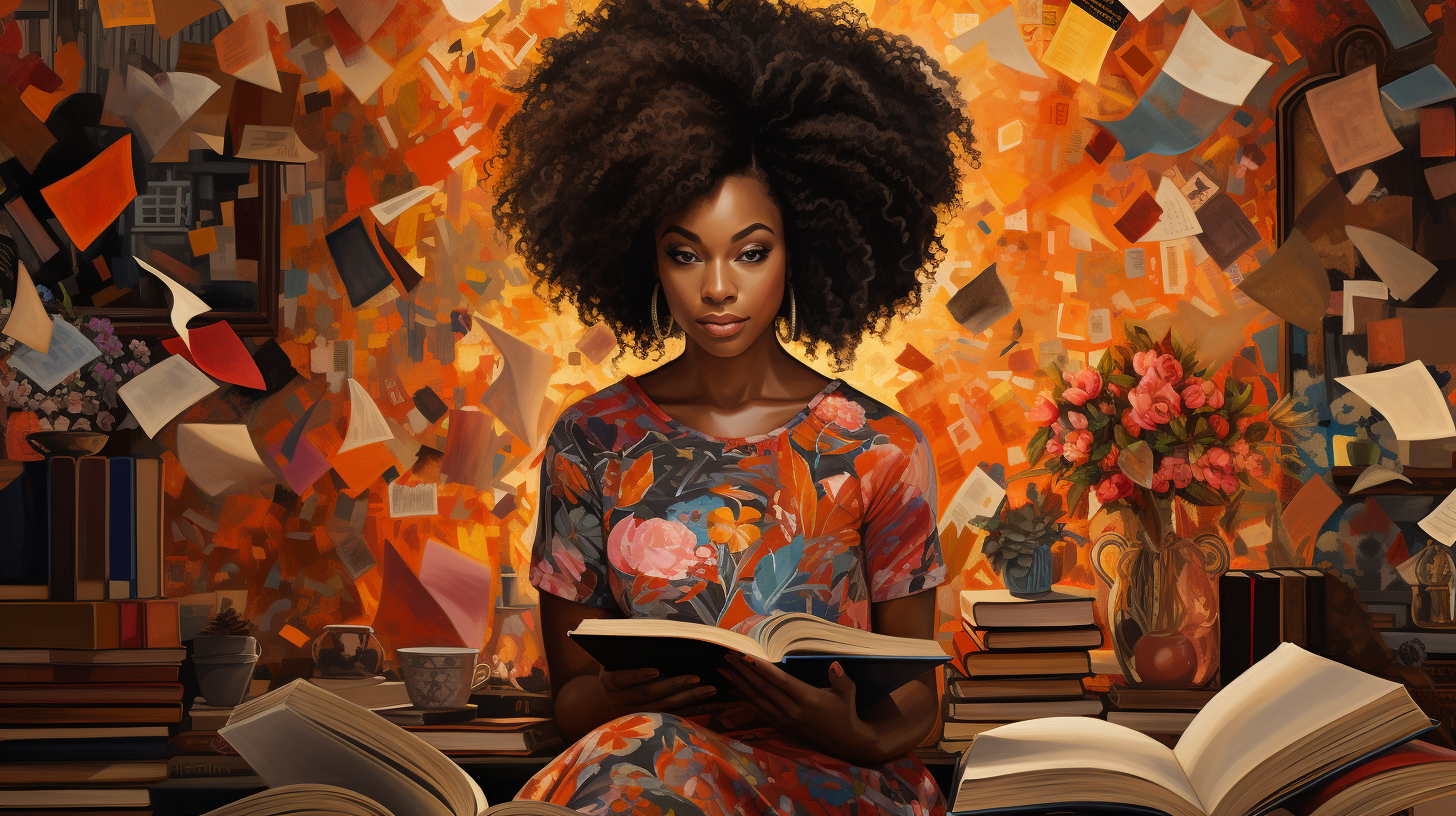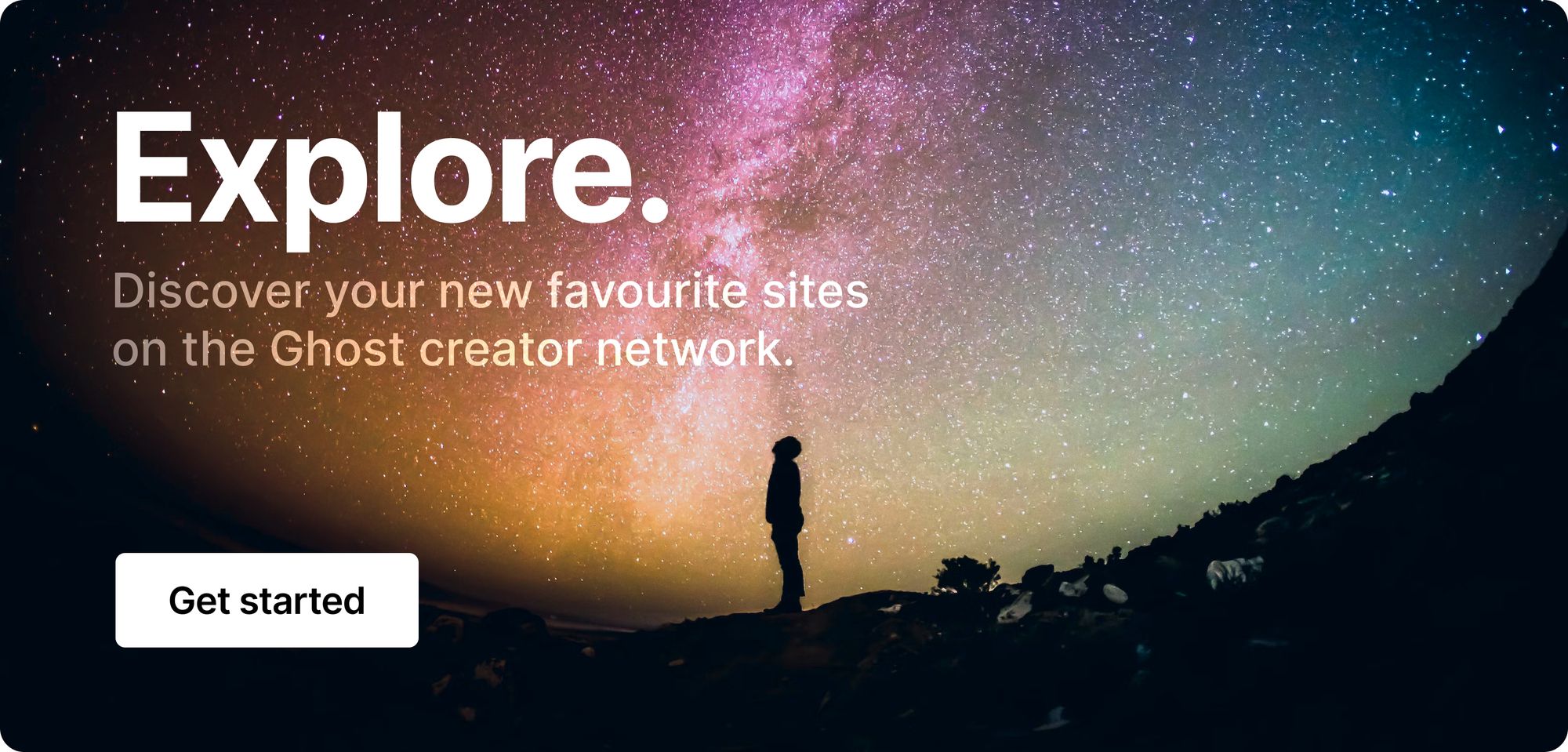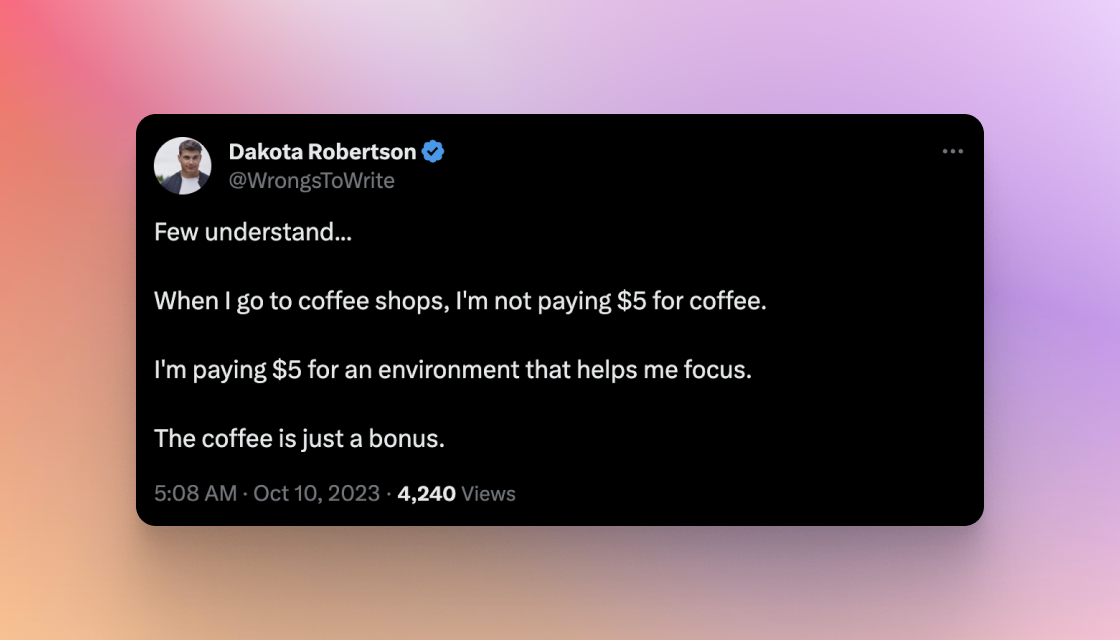🎨 Conquering the creatorverse
For years, you've been posting food pics on Instagram, sharing style inspiration on Pinterest, and arguing with your uncle on Facebook. You've amassed hundreds of followers across all platforms who love your vibe, but you're not sure what your next steps should be to truly call yourself a creator. This week's newsletter is about owning the title Content Creator™ to build something magical for you and your audience. Let's go!
In this week's issue 📨
- The what, why, and how of the creator economy.
- Five reasons you must pair data and storytelling.
- Permission to create.
Was this email forwarded to you? Subscribe here!
Achieve your creative dreams

The plate of the content creator seems to get bigger every year. They've evolved from simple social media influencers to essential components of the modern digital ecosystem. With the average person spending over 6.5 hours online daily (please don't look at our TikTok screen time), we now turn to content creators for entertainment, education, the news, and even companionship.
So, how do you stand out in a sea of 200 million independent creators? Freelance writer and editor Andrew Kemp over at State of Digital Publishing breaks down what steps to take, why you'll be successful, and how being a content creator can be profitable.

What will you do?
- Just start creating! It's really that simple. We waste too much time wondering when to start and worrying about being bad at it. Like most things, success won't be instant, and nothing will be perfect.
- Make sure to supplement your creativity with hard facts. In-depth research provides enormous value to your audience and builds trust. Give them something new to solve their problems and entertain them while doing it.
- Develop a content strategy to eliminate unpredictability that could stall your creation progress. Outline, edit, monitor, and ask your audience for feedback. Remember that you're not alone out there.
- After you take the time to create something magical, don't forget to promote it so that your hard work is noticed. Hop on social media, nab some paid partnerships, and encourage your followers to give you a lovely review.
Why will you be successful?
- You're going to read a lot. If you want to be in the business of content creation, you also have to be a customer. Set up a feed with Feedly, set a reading schedule, follow social media conversations, and keep a reading journal to store thoughts and resources.
- You're going to practice. Start with setting a daily writing schedule to work out your creator muscles. Develop a "content calendar" to help organize your thoughts. Then, set weekly, monthly, and yearly goals for yourself. Consistency is key!
- You're going to self-reflect. Add value to your work by identifying what your audience wants from you and what you want from yourself. Listen to your inner voice, but also pay attention to what other admired creators are doing to gain inspiration.
How will you be profitable?
- Creators can earn ad revenue from their websites using programs like Google Adsense and BuySellAds. You can also join forces with other brands to promote a product or service in a way your followers will find relatable.
- Those who are experts in their field can earn income through public speaking, running online workshops, or advising a business. Try networking with other content creators to build lasting partnerships.
- Offer premium subscriptions, so your audience can support your work. Between platforms like Patreon and Ghost, this has become one of the most successful ways to earn a sustainable living as a creator in the past few years.
Successful content creators understand that for information to resonate with readers, the right ideas have to be communicated in the right way. This comes down to research, presentation, and promotion. Mastering these three pillars is at the heart of producing high-quality content. The ability to adapt, embrace new ideas, and leverage emerging technology are some of the biggest strengths of the modern digital content creator. – Pasko Vrbat
Interesting stories & ideas 📚
- Design your business around your life – Indie Hackers
- The hyper-personalization of everything – Digital Native
- Bundling up is the secret to subscriber success – Mousetrap Media
- How publishers can grow with the youth – The Audiencers
- Get back into the creative flow – Original Impulse
Upgrade your creative know-how

Data provides a robust foundation for the stories you want to tell. On their own, facts are just bits of complicated information, but when paired with organic storytelling, your audience absorbs them like a sponge. In a world full of infinite access, wrapping your creative work in relevant and palatable packages using clear and concise research is essential.
Digital marketer and advisor Zontee Hou from Convince & Convert shares five reasons why pairing data and storytelling creates engaging content.
#1 Data adds credibility. The human brain is hard-wired to judge everything's authority, relevance, and timeliness in a split-second. Showing clear signs of trust in your work is the perfect way for your audience to buy what you're selling.
#2 Data can differentiate. Multiple creators are all sharing the same trends and news stories simultaneously. You can stand out by inserting your own research from a new angle that relates to your audience and brand.
#3 Data makes it relatable. It's human nature to always wonder how you compare to others. Try including data that provides valuable benchmarks to make your creative work more relevant to your audience.
#4 Data identifies the narrative. Using data to clarify the story you're telling is a great way to help your audience understand complicated topics. Start asking concrete questions to create a simple roadmap of information.
#5 Data makes it memorable. Numbers and stats by themselves are dull and dry, but when combined with great storytelling, the information resonates. Being creative with your data makes everything matter.

Restore your creative spark

As children, creating comes so naturally. Our mind is a blank canvas that we effortlessly fill with color and expression. But, as we age, the instinct to create can become muffled and cloudy. Today's automated world has pushed us further from the organic into the technological, and what was once a time for play now feels like serious work.
So, how do we keep in touch with our creative side as we grow older? Do we leave it to the pros, or is the act of creating still for everyone? Writer and illustrator John Nicholas has found the magic pixie dust that gives you permission to create no matter your stage of life.
...we somehow lose touch with the inner creator when we grow up. It's not that the creativity is no longer there, it just gets buried under an 'adult' image of building a career and the seriousness surrounding that. Equating ‘real art’ with ‘being creative’, holds ‘non-real’ artists (normal people like you and me) hostage. It divides us into groups, those who are allowed to be creative and those who aren’t. – John Nicholas

Struggling to tap into your creative side? Try this:
- Redefine your creativity by reminding yourself that you don't have to call yourself a professional artist to be creative. If you have something inside yourself that you want to share with the outside world, guess what? You're a creator. Now, all you have to do is start creating. Don't worry about defining your art as "good" or "bad". Just get it out there!
- Reconnect with your creativity by sharing your private thoughts and showing your works to the public. Share the podcasts you're listening to, recommend apps you love, post that poem you wrote, and communicate your life lessons. This will stretch your mind to a more organic and human space that will help plant creative seeds into every aspect of your life.
- Combine your creativity skills with existing technical skills to enrich your work. This allows you to find new ways to solve old problems. Even if you consider yourself more of a technical type than an artist, injecting some chaotic creativity into your streamlined systems can produce wonderous results. Don't be afraid to break from your mold and create some new norms.
If you need to hear this - you are creative. You have permission to create. In fact, you should. Sure, maybe we won't become virtuosos like Picasso or Tolstoy, but the admiration for other artists points to a creative force inside of us waiting to be unleashed. Everyone has a story to share. We just need to permit ourselves to take the leap. – John Nicholas
Curator's pick ✍️

Enjoy this newsletter? Forward to a friend or hit reply to share your thoughts. We don't bite! 👻
Want more how-tos? Search our library of tutorials and subscribe to our monthly "Build with Ghost" newsletter.
Join our Ghost Creator Community! Connect with like-minded people who create content professionally — apply here.






